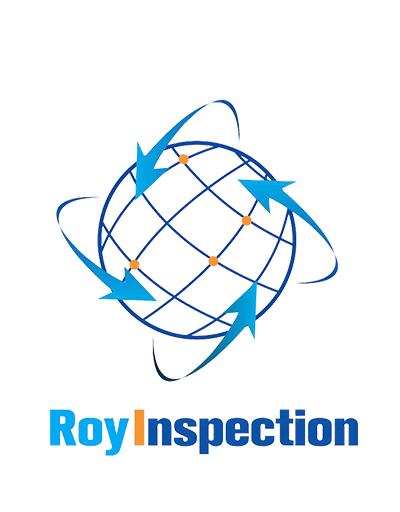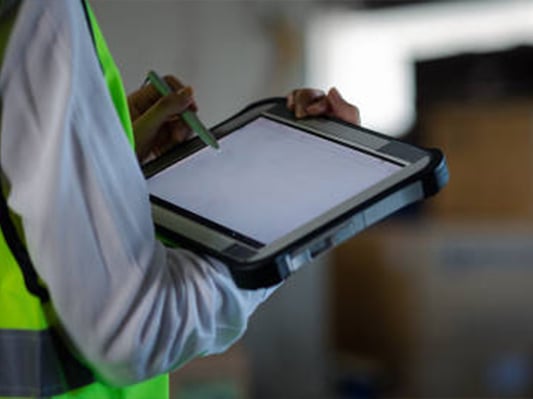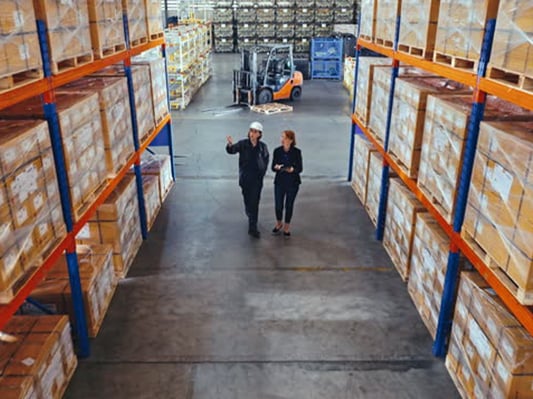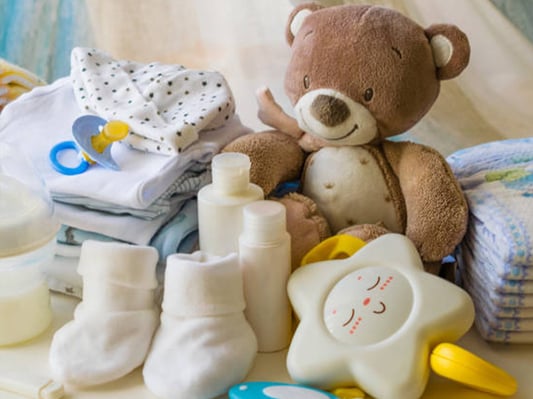What are CTPAT security criteria? Understanding the Key Elements of Supply Chain SecuritySupply chain security plays a crucial role in international trade, ensuring the safety and integrity of goods as they move across borders. To enhance supply chain security, the Customs-Trade Partnership Against Terrorism (CTPAT) program was established by U.S. Customs and Border Protection (CBP). This article will explore the CTPAT security criteria, outlining the key elements that businesses need to consider in order to become certified members of the program.1. Physical SecurityPhysical security is a fundamental aspect of supply chain security. CTPAT requires companies to have measures in place to protect their facilities, including access controls, intrusion detection systems, and surveillance systems. Additionally, companies must have procedures to address and report any security breaches or incidents.2. Personnel SecurityPersonnel security focuses on ensuring that employees are trustworthy and aware of their responsibilities in maintaining supply chain security. CTPAT requires companies to conduct background checks on employees and provide security awareness training. It also emphasizes the importance of maintaining an ongoing relationship with employees to reinforce security practices.3. Procedural SecurityProcedural security encompasses the processes and protocols that govern the movement of goods within the supply chain. CTPAT requires companies to have documented procedures for various aspects, including container handling, seal integrity, and document management. These procedures should be regularly reviewed and updated to address any potential vulnerabilities.4. Security Training and Threat AwarenessCTPAT emphasizes the importance of security training and threat awareness among employees. Companies need to provide regular training sessions to educate employees about potential threats, such as terrorism or the smuggling of illegal goods. This training helps employees identify suspicious activities and take appropriate actions to mitigate risks.5. Information Technology SecurityIn today's digital age, information technology security is critical for protecting sensitive data and preventing cyber threats. CTPAT requires companies to have measures in place to safeguard their IT systems, including firewalls, encryption, and regular system audits. It also emphasizes the need for secure communication channels and the protection of electronic data interchange (EDI) transmissions.6. Conveyance SecurityConveyance security focuses on securing the transportation vehicles used in the supply chain. CTPAT requires companies to have procedures in place to ensure the integrity of their conveyances, including routine inspections, seal verification, and driver vetting. These measures help prevent unauthorized access to goods and minimize the risk of tampering or smuggling.7. Physical Access ControlsPhysical access controls involve restricting access to facilities, warehouses, and other critical areas within the supply chain. CTPAT requires companies to have controls in place to manage and monitor access, including the use of badges, visitor logs, and CCTV systems. These controls help prevent unauthorized individuals from entering restricted areas.8. Manifest ProceduresManifest procedures refer to the documentation and verification processes for goods in transit. CTPAT requires companies to maintain accurate and up-to-date records of their shipments. This includes verifying the contents of containers against the manifest and promptly reporting any discrepancies or suspicious activities.9. Supply Chain Security TrainingCTPAT encourages companies to provide supply chain security training to their business partners, including suppliers, contractors, and subcontractors. This promotes a comprehensive and coordinated approach to supply chain security, ensuring that all parties involved are aware of their responsibilities and actively contribute to maintaining a secure supply chain.10. Security Performance MeasurementCTPAT requires companies to regularly measure and assess their security performance. This includes conducting internal audits, self-assessments, and participating in CBP validation visits. By continuously monitoring their security practices and addressing any weaknesses or gaps, companies can improve their overall supply chain security posture.Quote InquiryContact us










